-
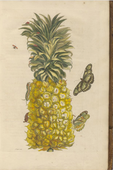
ISAW Library Internship Report: Expanding a Linguistic Dataset of Women-authored Latin
by Patrick J. Burns | 11/03/2025
A guest post by Margaret Ratzan, Willa Romer-Mack, and Lily Hegener, with an introduction by Associate Research Scholar Patrick J. Burns, reporting on Spring 2025 internships in the ISAW Library working on the Representing Women Authorship in the Latin Treebanks (RWALT) project.
Read More
-
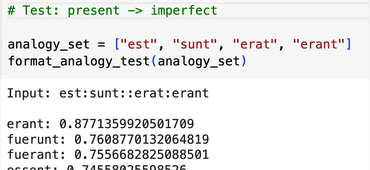
Interning in the ISAW Library: Evaluating computational models for Latin
by Patrick J. Burns | 09/15/2025
A guest post by William Bramwell, a student at Yale University, reporting on his experience working with Patrick J. Burns in the ISAW Library on developing evaluation datasets for Latin text analysis.
Read More
-
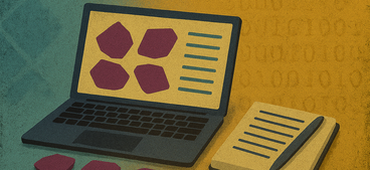
Interning in the ISAW Library: Envisioning a digital future for ISAW Monographs
by Patrick J. Burns | 05/29/2025
A guest post by June Ofstedal, a dual degree student at NYU and Long Island University, reporting on her experience as Digital Publications intern in the ISAW Library during the Spring 2025 semester.
Read More
-
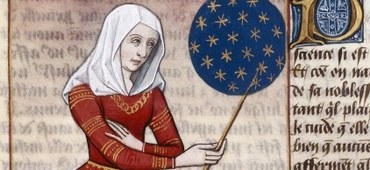
ISAW Library Internship Report: Developing a Linguistic Dataset of Latin Works by Women
by Patrick J. Burns | 02/03/2025
ISAW Library Intern Lily Hegener recounts her contributions to the “Representing Women Authorship in the Latin Treebanks” (RWALT) pilot project during the Fall 2023 semester.
Read More
-
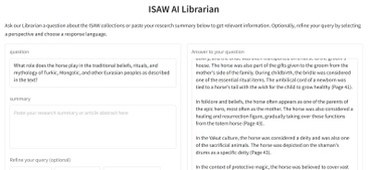
Experimenting with the ISAW AI Librarian
by Federico Di Pasqua | 12/16/2024
A guest blog post by Federico Di Pasqua, who spent several weeks in the ISAW Library during the Fall 2024 term experimenting with deploying generative AI to find potential avenues for making ISAW Library collections and data more discoverable and useful.
Read More
-
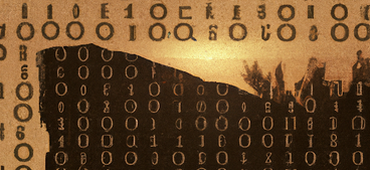
Interning in the ISAW Library: Reflections on encoding ISAW Papers in XHTML for publication
by Robert Rhinehart | 06/14/2023
Dual-degree student Robert Rhinehart reflects on his experience encoding ISAW Papers in XHTML as a scholarly communications intern in the ISAW Library.
Read More
-
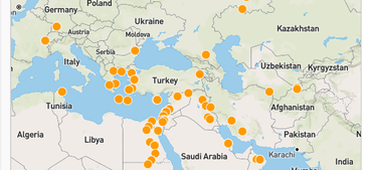
Ave atque vale, Zach!
by David Ratzan | 05/17/2023
Zach Rosalinsky, LIU-NYU Dual Degree student in Classics and Library Sciences, says good bye after two years working in the ISAW Library.
Read More
-
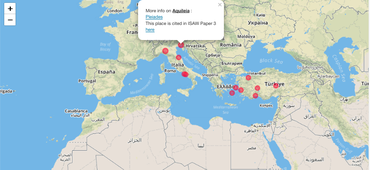
Follow-Up on PSL Internship at ISAW Library
by Fanny Mézard | 11/14/2018
ISAW Library intern, Fanny Mézard reports on her contributions to our open-content scholarly journal, ISAW Papers, specifically looking into expanding the kinds of digital formats supported by the journal and exploring alternative presentations of the journal’s content.
Read More







